design concept landscape architecture ideas
Design Concept Landscape Architecture Ideas
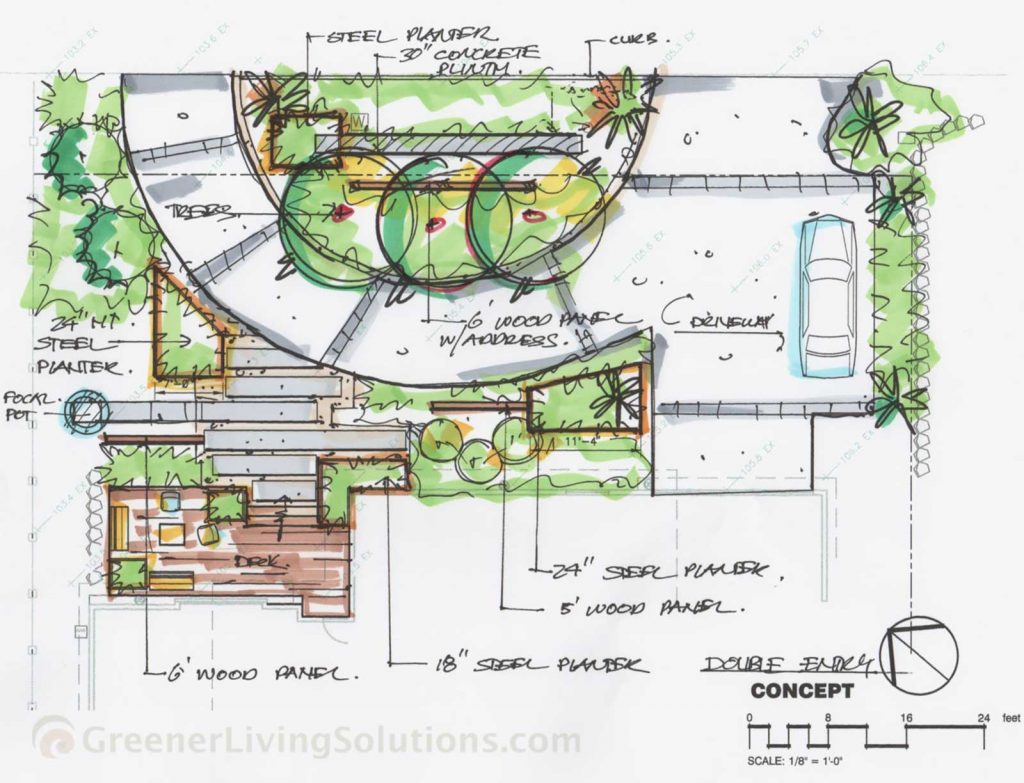
Landscape architecture is the art and science of designing outdoor spaces for human use. It encompasses a wide range of activities, from planning and design to construction and maintenance. Landscape architects work with architects, engineers, and other professionals to create beautiful, functional, and sustainable outdoor spaces.


Design concepts are the foundation of landscape architecture. They are the guiding principles that inform the design process and help to create a cohesive and functional outdoor space. There are many different design concepts that landscape architects can use, depending on the project's specific needs and goals.
Some common design concepts include:
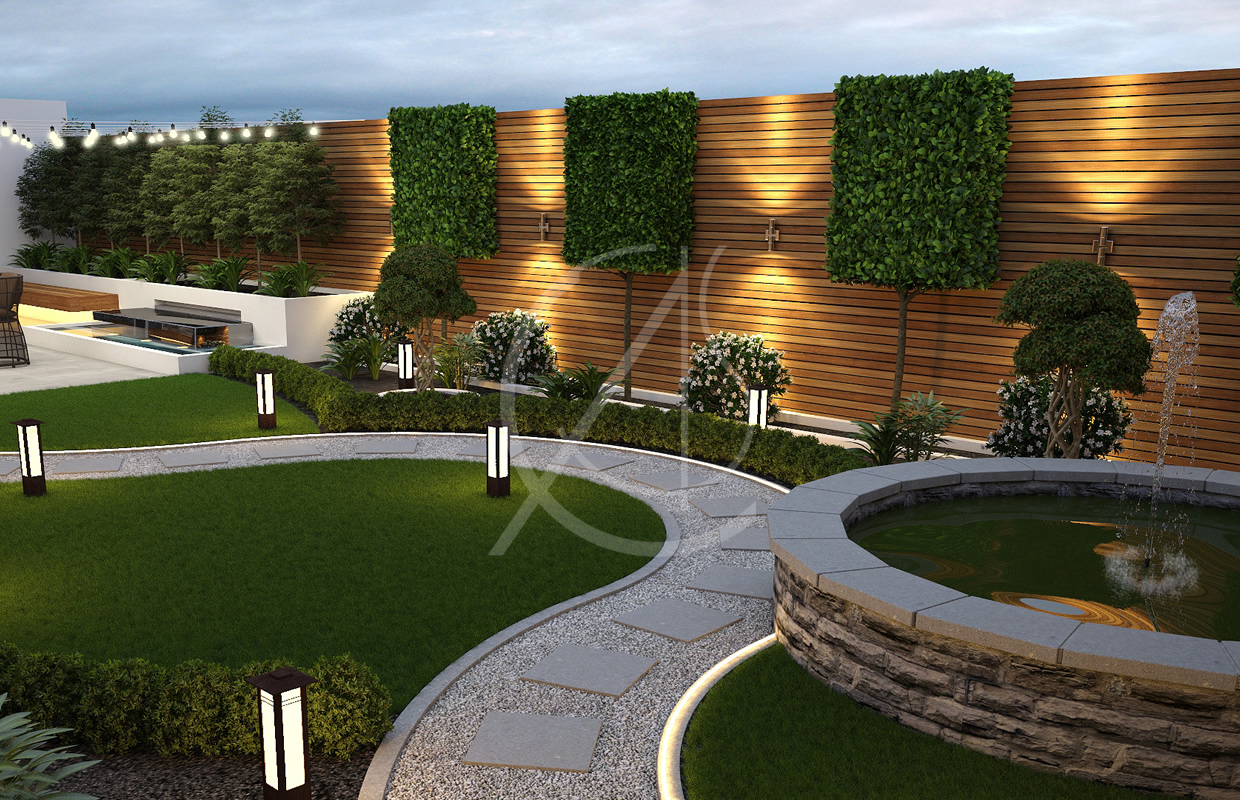
- Form and function: The form of a landscape should be functional and meet the needs of its users. For example, a park should have space for people to sit, play, and exercise.
- Scale and proportion: The scale and proportion of a landscape should be in harmony with its surroundings. For example, a small park should not be surrounded by large buildings.
- Unity and variety: A landscape should have a sense of unity, but also include elements of variety to keep it interesting. For example, a garden might include a variety of plants, textures, and colors.
- Movement and transition: A landscape should provide a sense of movement and transition. For example, a path might lead from one area of the landscape to another.
- Sustainability: Landscape architects should design landscapes that are sustainable and use resources efficiently. For example, a landscape might use native plants that require little water and maintenance.
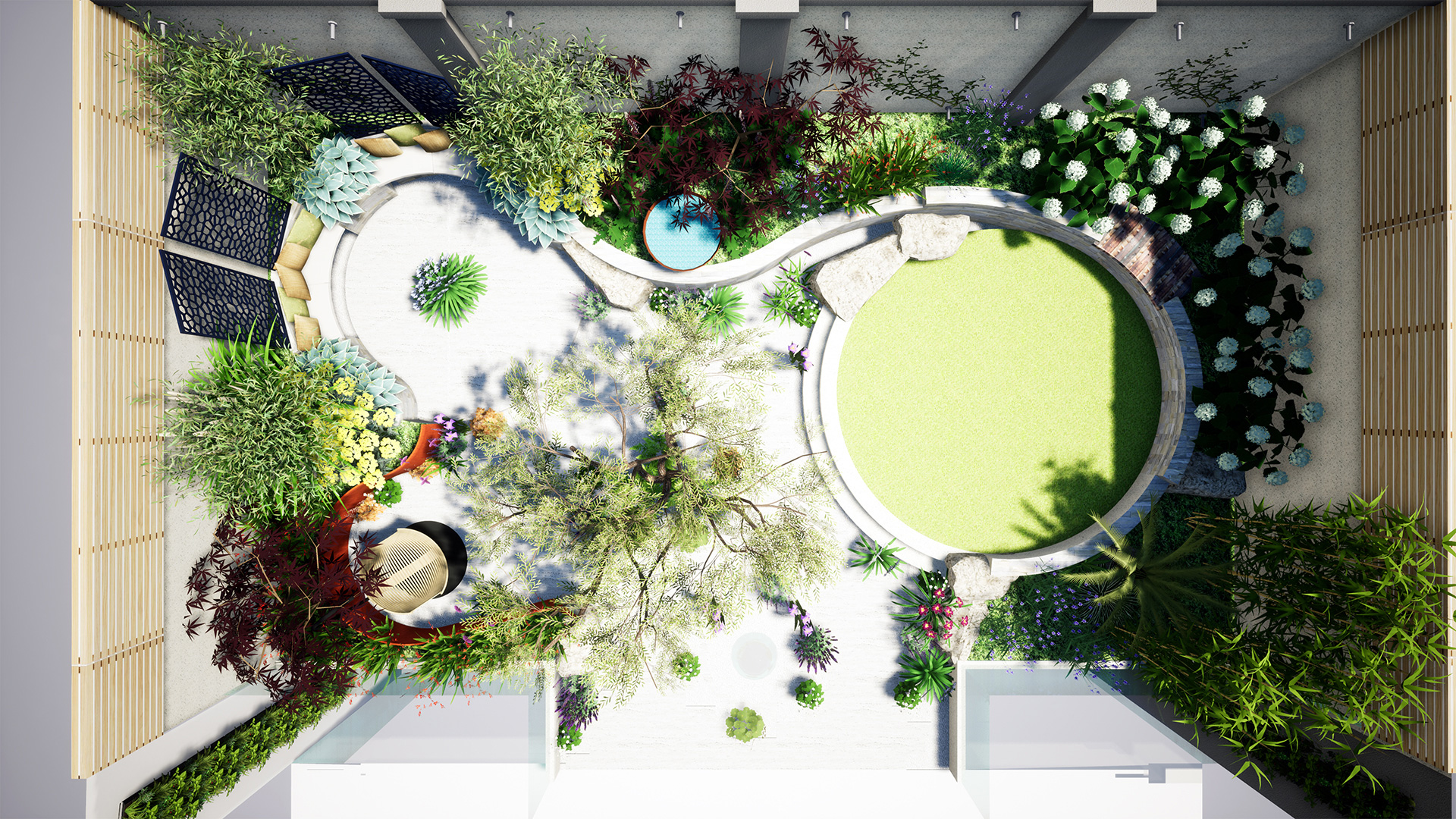

These are just a few of the many design concepts that landscape architects use. By understanding these concepts, landscape architects can create beautiful, functional, and sustainable outdoor spaces that meet the needs of their clients.
Specific Design Concepts for Landscape Architecture

In addition to the general design concepts listed above, there are also a number of specific design concepts that are commonly used in landscape architecture. These concepts can help to create a variety of different effects in outdoor spaces, from formal and structured to informal and natural.


Some specific design concepts for landscape architecture include:
- Symmetrical design: A symmetrical design is one in which the left and right sides of the landscape are mirror images of each other. This type of design can create a sense of order and balance.
- Asymmetrical design: An asymmetrical design is one in which the left and right sides of the landscape are not mirror images of each other. This type of design can create a sense of interest and movement.
- Formal design: A formal design is one that is orderly and structured. This type of design is often used in formal gardens and public spaces.
- Informal design: An informal design is one that is more relaxed and natural. This type of design is often used in gardens and parks.
- Naturalistic design: A naturalistic design is one that mimics the natural landscape. This type of design is often used in parks and nature preserves.
- Xeriscape design: A xeriscape design is one that uses water-efficient plants and techniques. This type of design is ideal for dry climates.
- Ecological design: An ecological design is one that is designed to support the local ecosystem. This type of design is often used in green roofs and rain gardens.
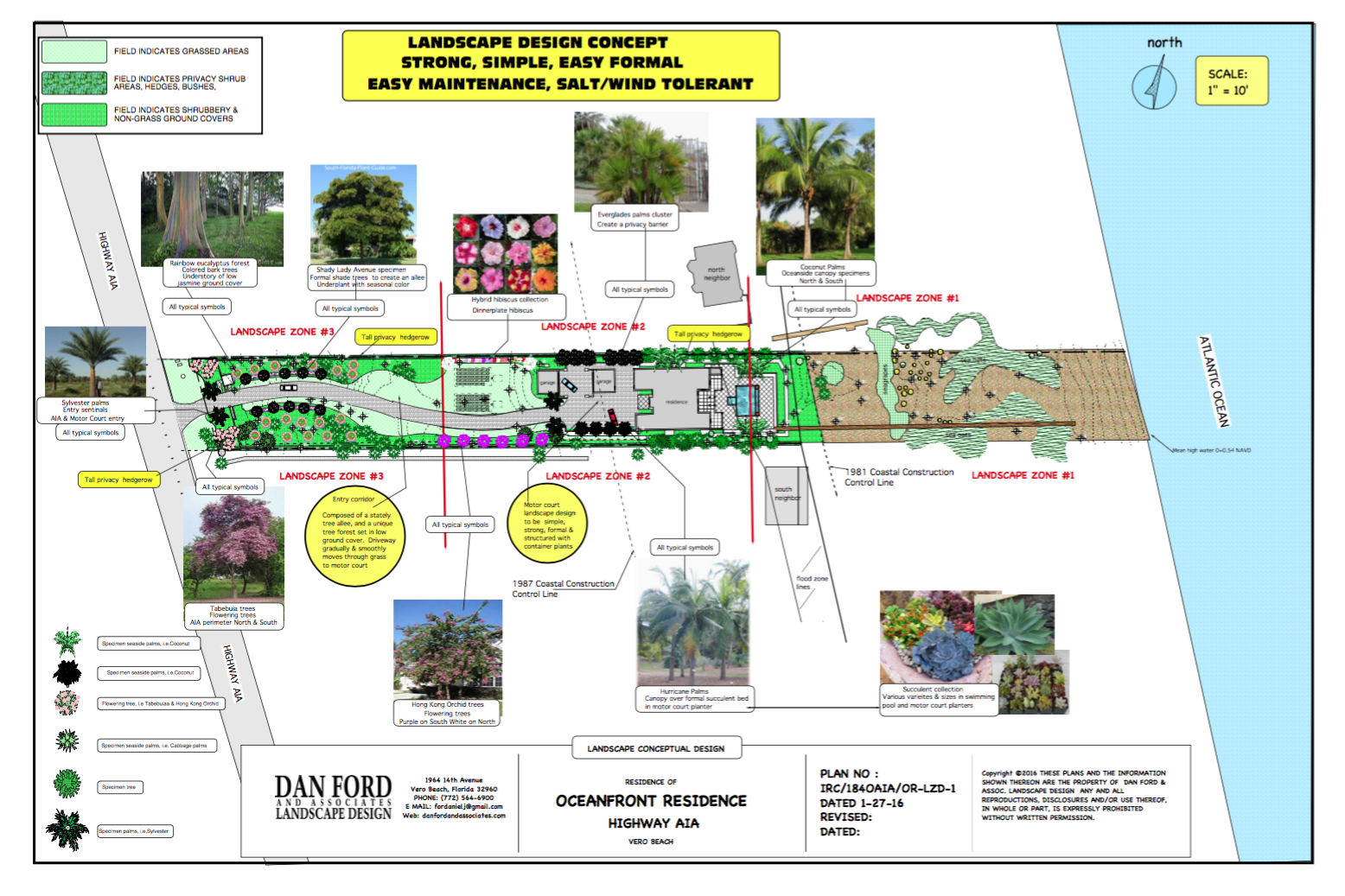
These are just a few of the many specific design concepts that landscape architects use. By understanding these concepts, landscape architects can create beautiful, functional, and sustainable outdoor spaces that meet the needs of their clients.
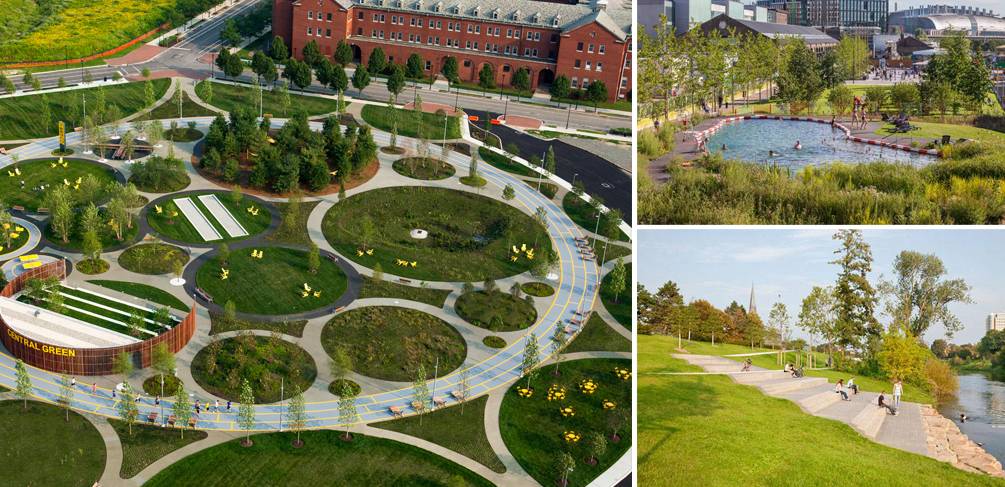

How to Implement Design Concepts in Landscape Architecture
Once a landscape architect has chosen a design concept for a project, they must then implement that concept in the design process. This involves a number of steps, including:

- Gathering information: The landscape architect will need to gather information about the project site, including its size, location, and climate. They will also need to understand the needs of the client and the intended use of the space.
- Developing a design plan: The landscape architect will then develop a design plan that incorporates the chosen design concept. This plan will include a layout of the space, as well as details about the plants, hardscapes, and other elements that will be used.
- Creating a construction document: The landscape architect will then create a construction document that details the specific materials and methods that will be used to build the landscape. This document will be used by the contractor to build the project.
- Supervising construction: The landscape architect will supervise the construction of the project to ensure that it is built according to the design plan. They will also make any necessary changes during construction.


Once the project is complete, the landscape architect will typically provide a maintenance plan to the client. This plan will outline the steps that need to be taken to maintain the landscape in the years to come.




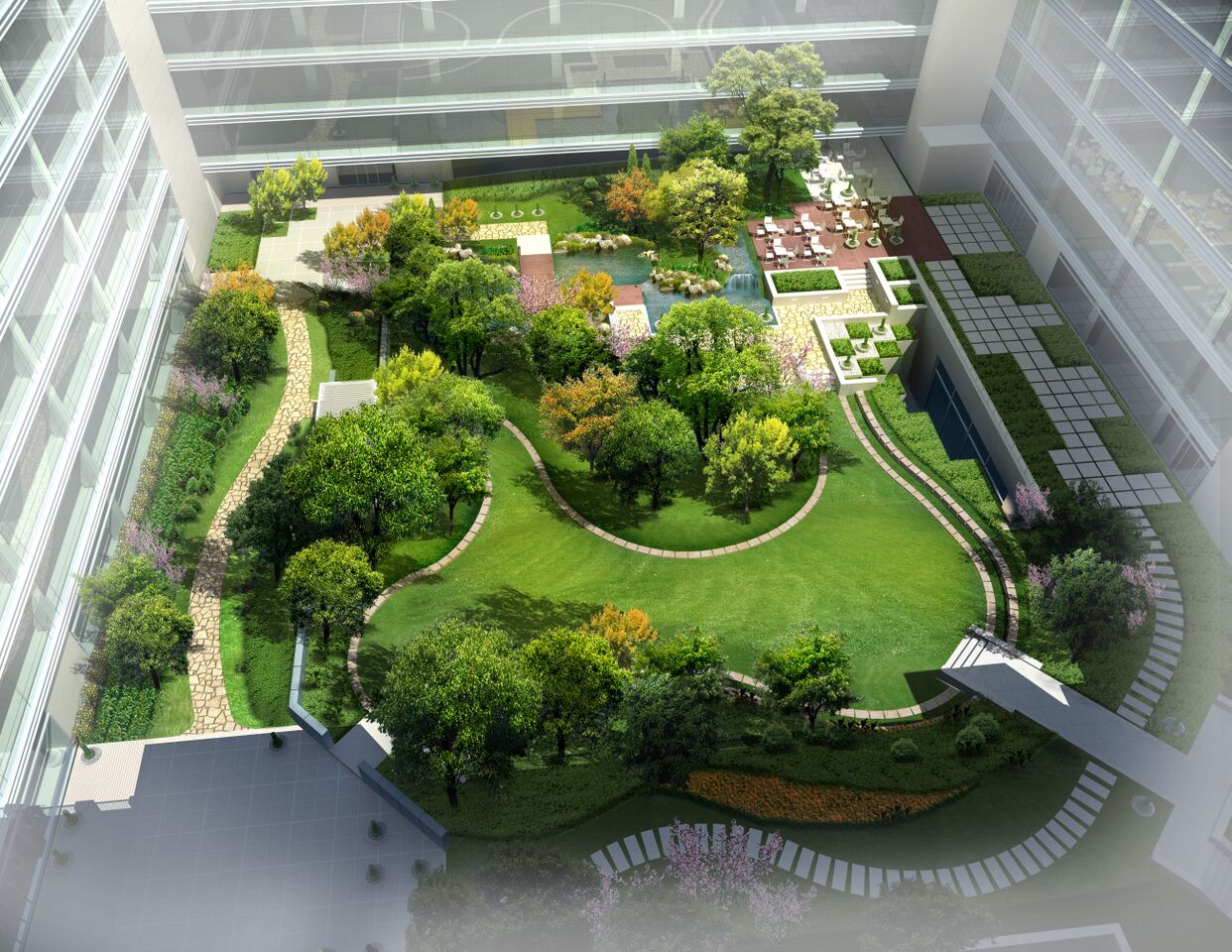





Design concept landscape architecture ideas can be used to create a beautiful and functional outdoor space that enhances your home. When planning your landscape design, it is important to consider the following factors:
- Your goals for the space. What do you want to use the space for? Do you want a place to relax and entertain guests, or do you want a space for children to play?
- The size of the space. How much space do you have to work with?
- The climate in your area. What plants will thrive in your climate?
- Your budget. How much money are you willing to spend on your landscape design?
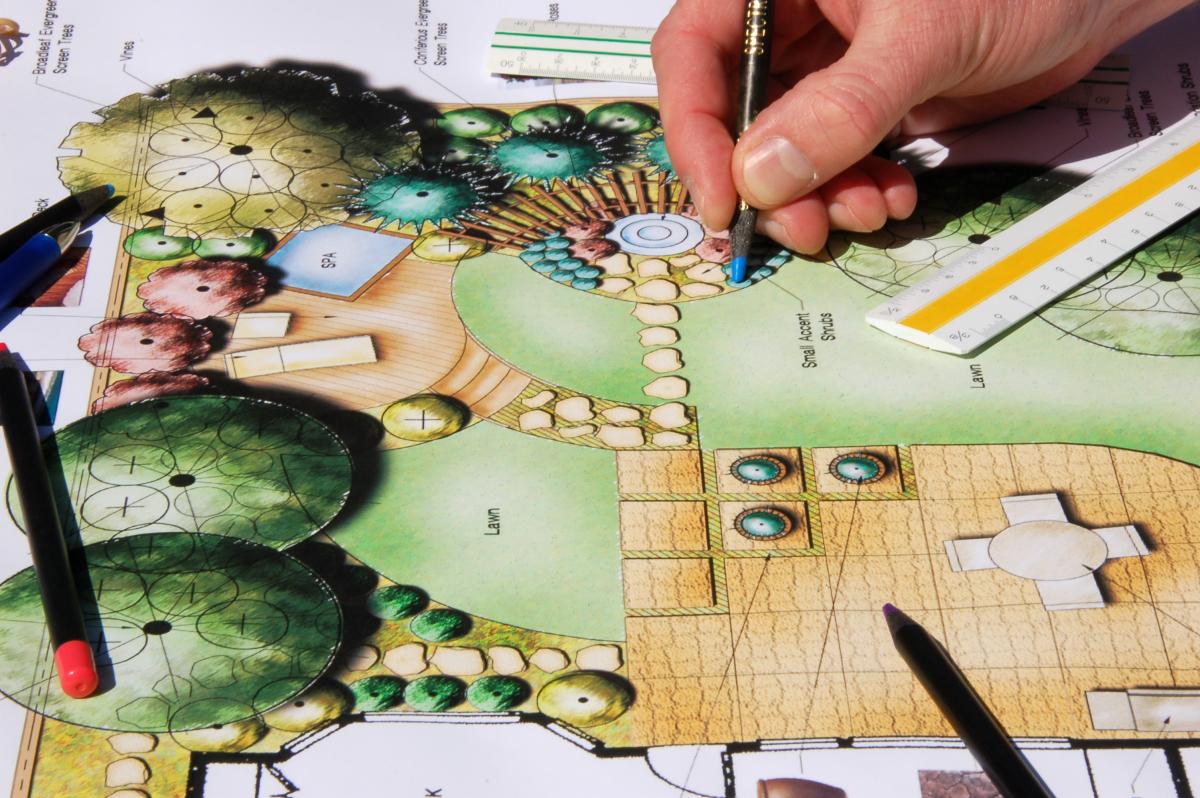
Once you have considered these factors, you can start to develop a design concept for your landscape. Here are some ideas to get you started:

- Create a focal point. The focal point of your landscape can be a tree, a water feature, or a piece of sculpture. This will help to draw the eye and create a sense of balance in the space.
- Use layers. Layering plants of different heights and textures will create a more interesting and visually appealing landscape.
- Include a variety of plants. Choose plants that will provide interest throughout the year, with flowers, foliage, and fruit.
- Add hardscaping elements. Hardscaping elements, such as walkways, patios, and walls, can help to define the space and create a sense of structure.
- Incorporate water features. Water features can add a touch of tranquility to your landscape and provide a place for birds and other wildlife to gather.
When designing your landscape, it is important to be creative and have fun. The possibilities are endless! Here are some additional tips to help you create a beautiful and functional outdoor space:

- Start with a plan. Before you start digging, create a plan for your landscape. This will help you to visualize the finished product and make sure that all of the elements work together.
- Choose the right plants. The plants you choose will have a big impact on the look and feel of your landscape. Be sure to choose plants that are appropriate for your climate and that will thrive in the conditions of your yard.
- Hire a professional. If you are not confident in your ability to design and install a landscape, consider hiring a professional landscape architect. A professional can help you create a landscape that is both beautiful and functional.

With a little planning and effort, you can create a beautiful and functional outdoor space that will enhance your home and your lifestyle.



